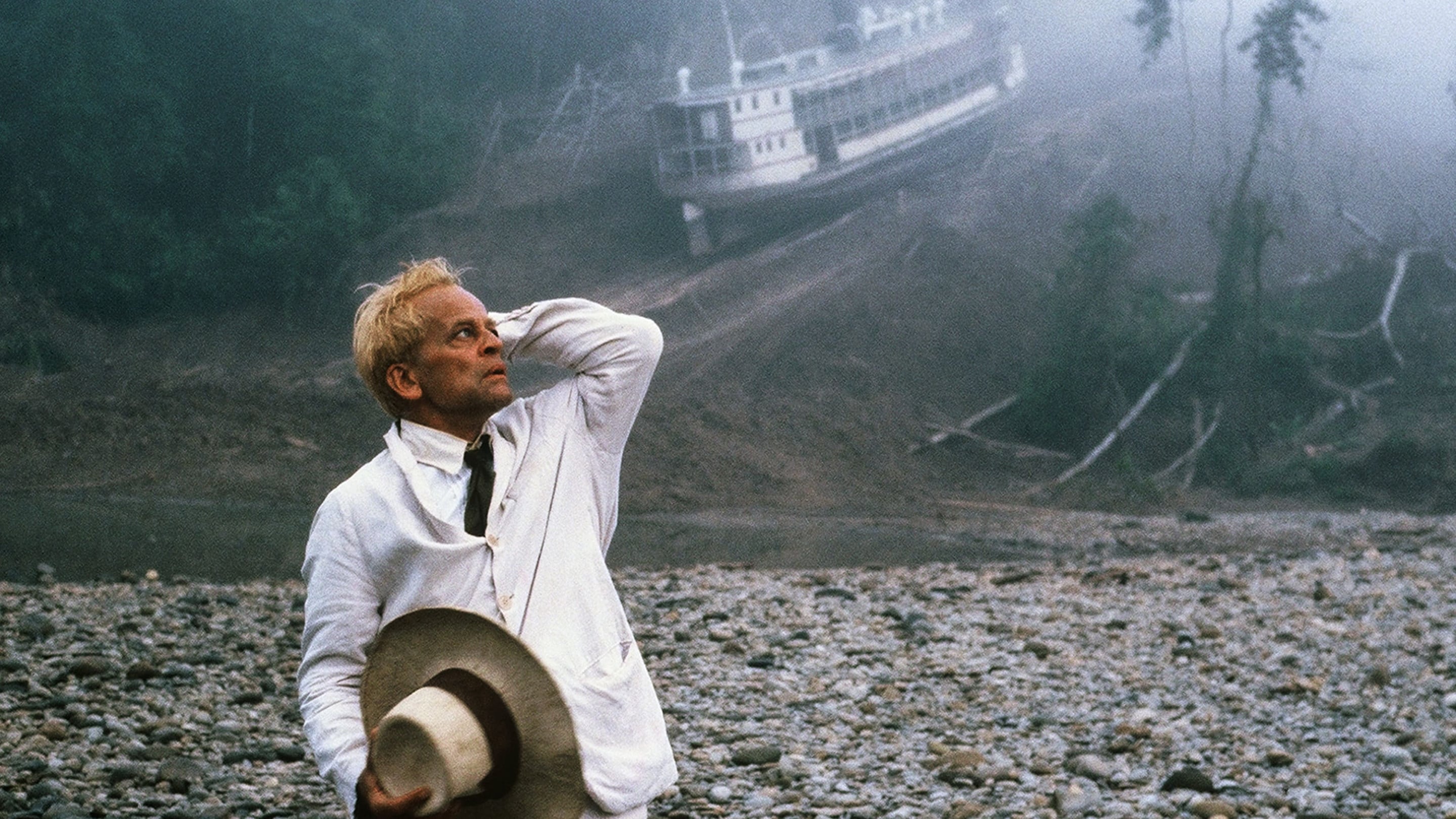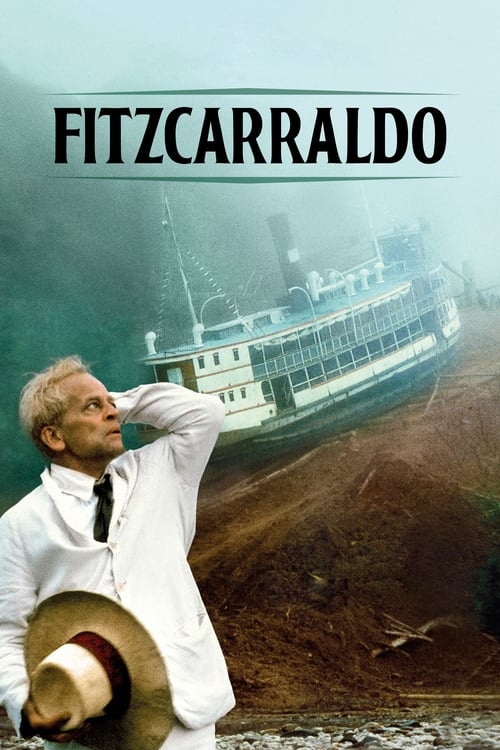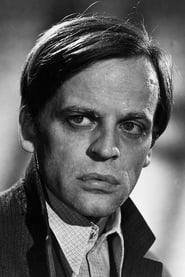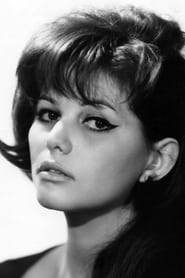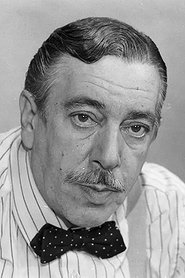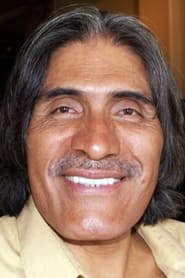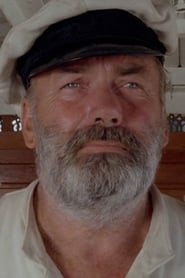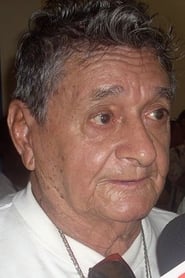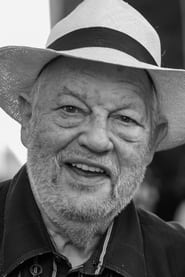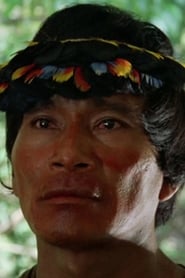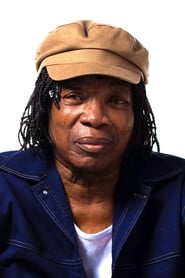Cast
View AllKlaus Kinski
as Fitzcarraldo
Claudia Cardinale
as Molly
José Lewgoy
as Don Aquilino
Miguel Ángel Fuentes
as Cholo
Paul Hittscher
as Orinoco Paul
Huerequeque Enrique Bohórquez
as Huerequeque
Grande Otelo
as Station Master
Peter Berling
as Opera Manager
David Pérez Espinosa
as Campa Chief
Milton Nascimento
as Opera House Blackman
Ruy Polanah
as Rubber Baron
Salvador Godínez
as Old Missionary
Dieter Milz
as Young Missionary
William L. Rose
as Notary
Leoncio Bueno
as
Crew
Director
- Werner Herzog
Producer
- Werner Herzog
- Lucki Stipetić
Reviews
Wuchak
_**Apocalypse Now in the Amazon headwaters**_
Called Fitzcarraldo by the Indians, an Irishman (Klaus Kinski) living in Iquitos, Peru, dreams of bringing Grand Opera to the jungle city in the Amazon Basin. It’s the early 1900s and there’s a rubber boom. To fund his dream he decides to exploit a considerable area of rubber trees growing beyond the impassable Ucayali Falls. To get to this remote area he incredibly has his steamboat lifted over a hill from another branch of the Amazon with the assistance of notorious headhunters. Claudia Cardinale plays his girlfriend, a successful brothel owner.
Werner Herzog’s “Fitzcarraldo” (1982) is superior to his “Aguirre, the Wrath of God” (1972), which was shot in the same general area, the Amazon basin east of the Andes Mountains. It’s longer by just over an hour, but it has a more compelling story. “Aguirre” influenced Coppola’s “Apocalypse Now” (1979) but “Apocalypse Now” likely influenced “Fitzcarraldo.” The difference is that “Apocalypse Now” took advantage of its infamous setting, the Vietnam War, whereas few people know of the rubber boom of the early 20th century in the Iquitos area.
There’s also less thrills in “Fitzcarraldo.” It’s more impenetrable and all-around curious, a cinematic oddity. Yet it has its highlights, including the core cast, e.g. the burly captain, the impressively hulking indigenous engineer and the drunkard cook. What’s it all about? The beauty of art, great dreams, indomitable will, mysterious cultures, devastating failure and… winning anyway.
The film runs 2 hours, 37 minutes, and was shot in the Iquitos area, Peru, and Amazonas, Brazil, including a couple Tribal Regions.
GRADE: B+/A-
Sep 13, 2020
CinemaSerf
Klaus Kinski is great as the eponymous, slightly maniacal, opera lover who decides that his love of Verdi, Bellini and Puccini needs to be shared with his mid-jungle community. He realises that to do that, he must have cash - and that's only to be found if he can manage to tap into the rubber trees deep into the Amazon. To that end, he and local hostess "Molly" (the sparingly featured Claudia Cardinale) manage to scrape together enough cash to buy a dilapidated old steamer from local grandee "Don Aquilino" (José Lewgoy) and he sets off into uncharted waters with a skeleton collection of untrustworthies into the realm of rapids, insects and hostiles. There's a snag to his cunning plan, though. The area he wishes to exploit is all but inaccessible and he is going to have to figure out some considerable engineering legerdemain if he is to achieve his goal. Fortunately, along the way, they encounter some locals who have a legend that a yellow-haired man would come from their gods and - well anyway, he fits that bill and they agree to help him get the boat uphill - literally - from one river to another. Can they keep their superstitious new allies and their fairly fickle crew on side long enough to succeed and then make it back to what passes for civilisation? Now it does have to be said that some of the continuity here puts John Wayne's watch to shame, but given it was filmed in Peru and on the Amazon itself, this is an astonishingly accomplished piece of film making that really does immerse us in not just the struggle itself but in the character of a man who treads the paths between lucidly, ingenuity and insanity adeptly. It is a little too long, there are too many scenes that add little to the pace of the film, but Kinski and Herzog thrive in this hot and humid climate to deliver an entertaining and exciting travelogue the likes of which you'll never see anywhere else!
Jan 26, 2024
Thematic Analysis
As a dramatic work, Fitzcarraldo examines complex human relationships and emotional struggles against the backdrop of a period setting that reflects societal issues of its time. The character development particularly stands out, offering viewers a chance to reflect on their own life journeys.
Director Werner Herzog brings their distinctive visual style to this film, continuing their exploration of themes seen in their previous works while adding new elements. Their approach to character development and emotional depth creates a viewing experience that rewards close attention.
Released in 1982, the film exists within a cultural context that now offers viewers historical perspective on the social issues of that era. Its critical acclaim reflects its artistic achievements and its place in cinema history.
Did You Know?
- The production of Fitzcarraldo took approximately 35 months from pre-production to final cut.
- With a budget of $7.4 million, the film represented a significant investment in bringing this story to the screen.
- The final cut of the film runs for 157 minutes, though the director's initial assembly was reportedly 209 minutes long.
- Some visual effects sequences took up to 8 months to complete.
- The cast underwent specialized training for 2 weeks before filming began.
- Several scenes were filmed in multiple locations to capture the perfect setting.
Historical Context
- In 1982, when this film was released:
- The Cold War was entering its final phase.
- Personal computers were beginning to transform homes and workplaces.
- Independent cinema was growing in influence, challenging the dominance of major studios.
How This Film Stands Out
While Fitzcarraldo shares thematic elements with other films in its genre, it distinguishes itself through its unique approach to storytelling, visual style, and character development.
Unlike The Piano, which takes a more conventional approach to its subject matter, Fitzcarraldo offers a fresh perspective through its innovative visual language and narrative structure.
While films like Gone with the Wind and Moulin Rouge! explore similar territory, Fitzcarraldo stands apart through its distinctive directorial vision and pacing.
This film's unique contribution to cinema lies in its bold artistic choices and willingness to challenge viewer expectations, making it a valuable addition to its genre.
Details
- Release Date: March 2, 1982
- Runtime: 2h 37m
- Budget: $7,362,000
Where to Watch












